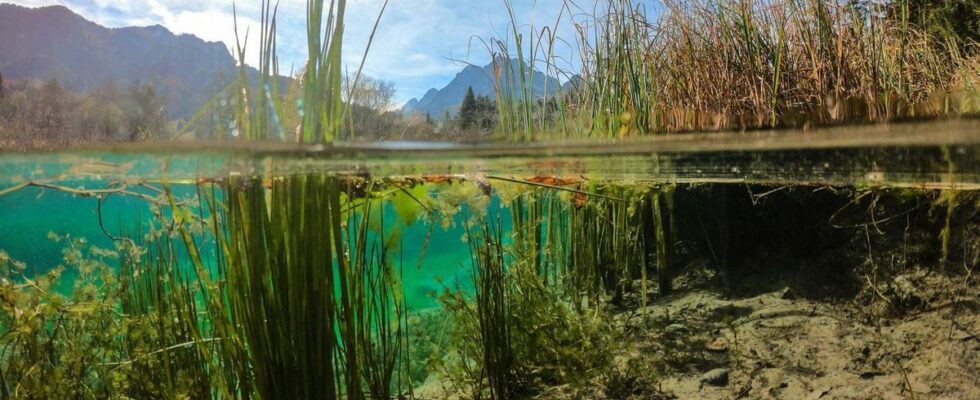Published on
updated on
Reading 1 min.
With only 37% of its surface water in good or very good ecological health, Europe must better manage its aquatic resources to guarantee its citizens good quality water, the European Environment Agency warned on Tuesday (EEA).
“The health of European waters is not good. Our waters face a series of unprecedented challenges that threaten water security in Europe“, says the director of the AEE, Leena Ylä-Mononen, in a press release.
Regarding the chemical health of surface water, it is only good in 29% of cases, compared to 77% for groundwater, where most of the drinking water consumed by Europeans comes from.
Good chemical health means freedom from excess pollution from nutrients and harmful chemicals like PFAS and microplastics
Surface water is threatened by air pollution (coal combustion, vehicle emissions, etc.) and agriculture, which dumps quantities of waste contaminating the soil.
“European agriculture must make greater use of more sustainable natural and agroecological practices, accompanied by incentive measures and a change in our eating habits“, recommends the report.
This European agency, which analyzed 120,000 bodies of surface water and 3.8 million km2 of groundwater bodies in 19 EU countries and Norway, calls for a 50% reduction in the use of pesticides by 2030.
“We must redouble our efforts to restore the health of our precious rivers, lakes, coastal waters and other water bodies and to ensure that this vital resource is resilient and secure for generations to come“insists Ms. Ylä-Mononen.
The effects of climate change (droughts and floods) and the overexploitation of fresh water resources also exert pressure on aquifer surfaces.
Reducing water consumption and restoring ecosystems must be priorities for governments, especially as aquatic resources are also under pressure from the consequences of climate change, between excessive precipitation, melting glaciers and drought, according to the report.
